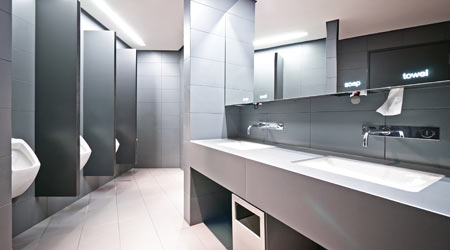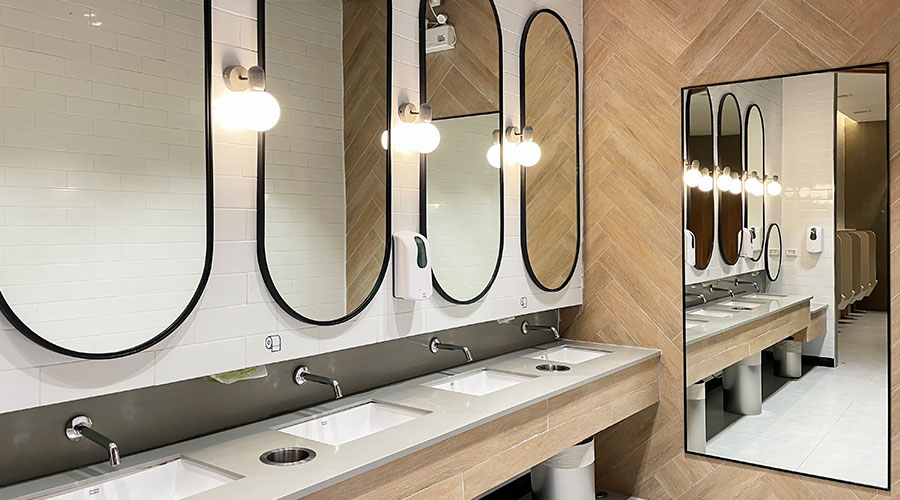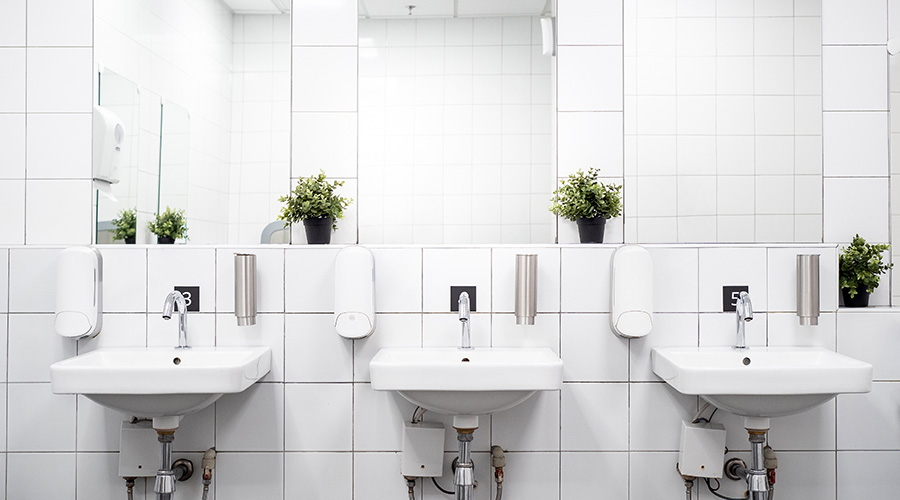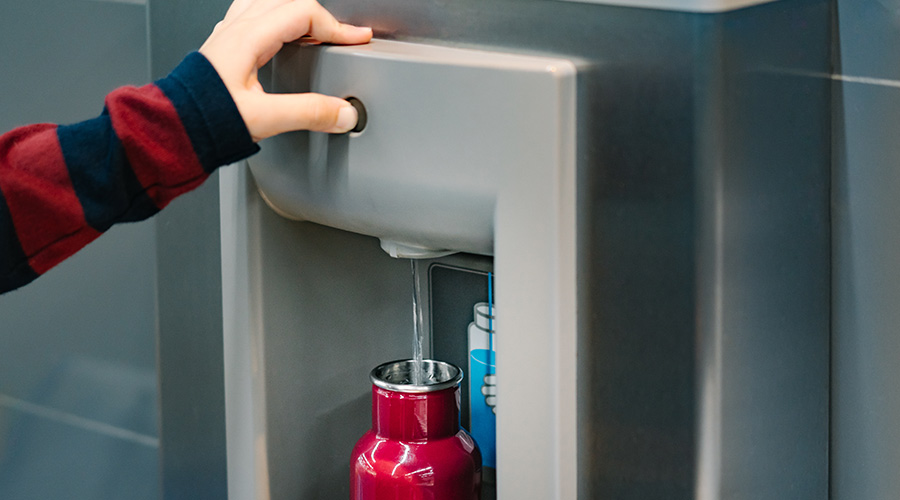Plumbing Upgrades: Addressing Water-Use Issues
Water conservation, less maintenance and improved hygiene are all popular targets of system improvements
Managers looking to purchase products that address water-use issues have several strategies to consider that will help them stay abreast of important technology advances related to plumbing products designed to meet their organizations’ need to minimize water use and improve life-cycle costs. Among the strategies are these.
Low-flow faucets equipped with aerators are designed to help facilities reduce water use. Urinal and toilet flush valves also are designed for low-flow operation. Adjustable-flow shower heads also can enable facilities to lower water use.
Coatings on new fixture surfaces provide longer and more trouble-free operation, even on brass fittings.
Ultraviolet water treatment products that use no chemicals eliminate the use and handling of hazardous chemicals while at the same time lowering costs. Technicians do need to change the bulbs in these units annually.
Water chillers and drinking-water coolers now are designed to use 134A CFC-free refrigerant, and manufacturers have removed all lead parts. The piping is soldered with lead-free silver solder.
Barrier-free fixtures are available in new designs to ensure facility compliance with ADA requirements for accessibility and safety. Hands-free operation and dual-level fixtures for sinks, drinking fountains, toilets and showers eliminate barriers to access, and operating pressures on the fixtures are at or below 5 pounds.
Water-softening products reduce scale and enable water heaters, washers, fountains and other components that use fittings and piping to continue operating properly over a longer useful life, while reducing consumption of soap and other cleaning products.
Water filters can extend piping and fixture life by removing many of the minerals that cause corrosion and leaks and shorten product life. They also can eliminate the fouling that causes buildup in the pipe and fitting walls and, in turn, reduces capacity.
Flow-rate and totalizer submetering enable technicians to compare water use by zone in buildings, by building, or by area in a building. Submetering technology highlights the high-use areas and the reduction opportunities where plumbing products require upgrades. The technology also provides information to identify leaks and peaks as managers compare use from one month to another and prioritize replacement plans.
Related Topics:














